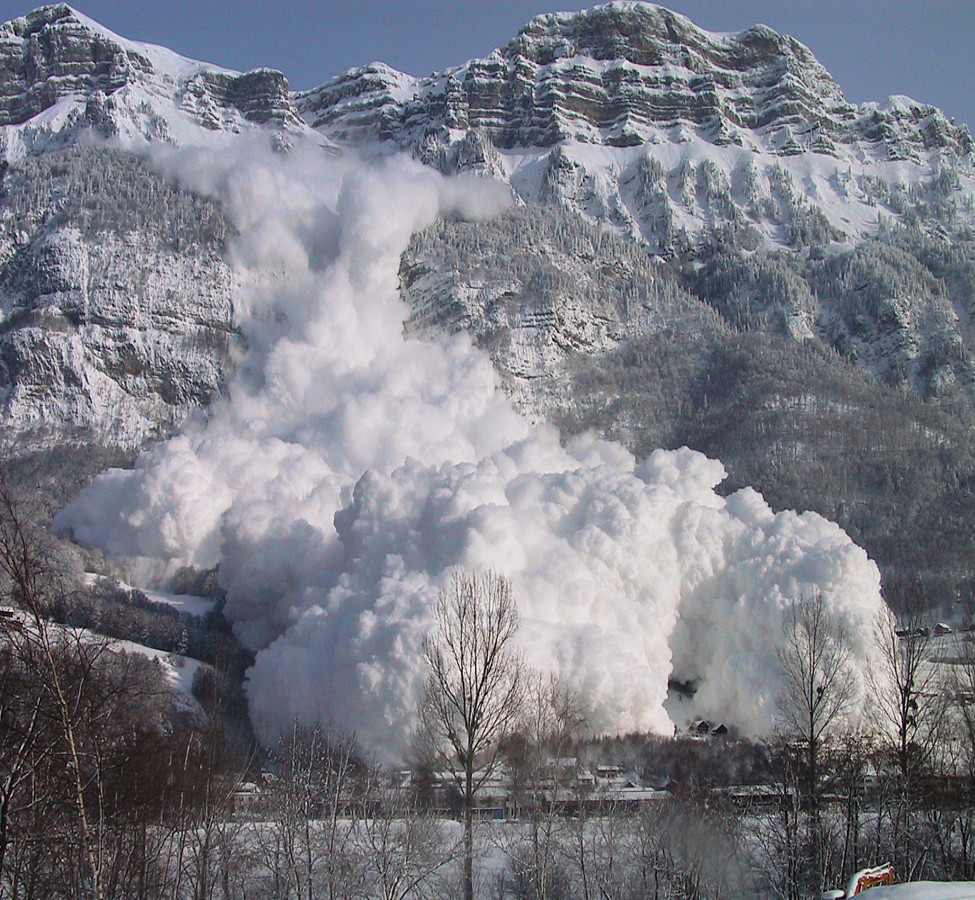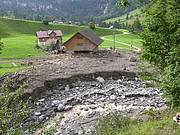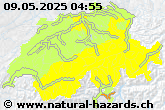When does bank erosion occur?
If the current is strong enough, the water can transport gravel, sand and finer material (bed load). Streaming water erodes sideways (bank erosion) and vertically (bed erosion, degradation):
Bank erosion
Depending on the power of streaming water and the resistance of the river bank, it is possible that river bank material can be carried away due to degradation and/or lateral erosion. The stability of the river bank depends on its material characteristics and the vegetation cover. The consequences of bank erosion are bank failure and channel shifting.
Bed erosion and degradation
During decreasing high water and the transition to a normal water flow, the rather coarse material carried along is deposited and finer material washed away: bed armouring occurs. This might be scoured again during the next flood (bed erosion). This results in the channel getting deeper. The extent of bed erosion, i.e. the deepening of the ground (degradation) depends on discharge and transport capacity, the geological and geotechnical condition of the bed, the gradient, the channel geometry, the quantity and composition of bedload from the upstream channel area and on the banks. A high tendency to erosion can often be seen with debris flows. Erosion and deposition can change on short distances.






